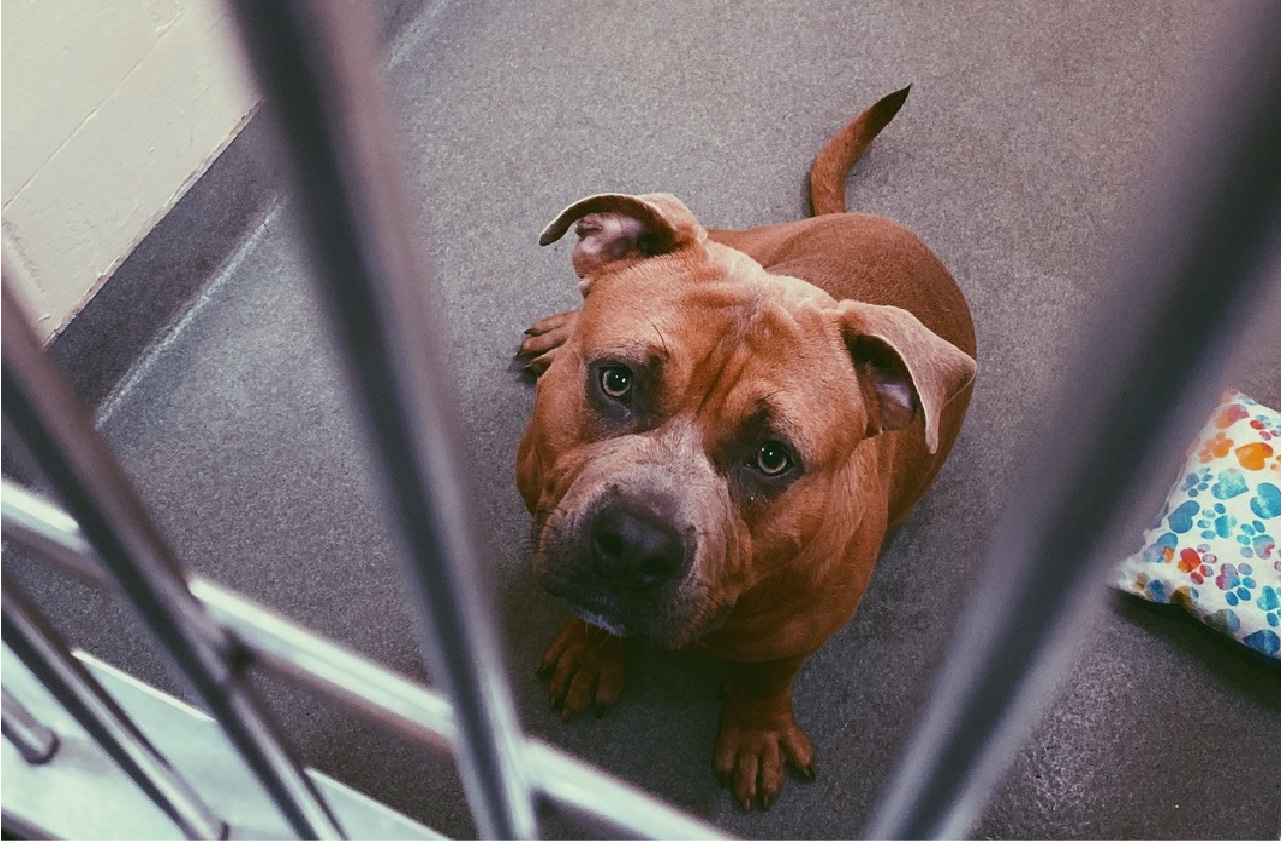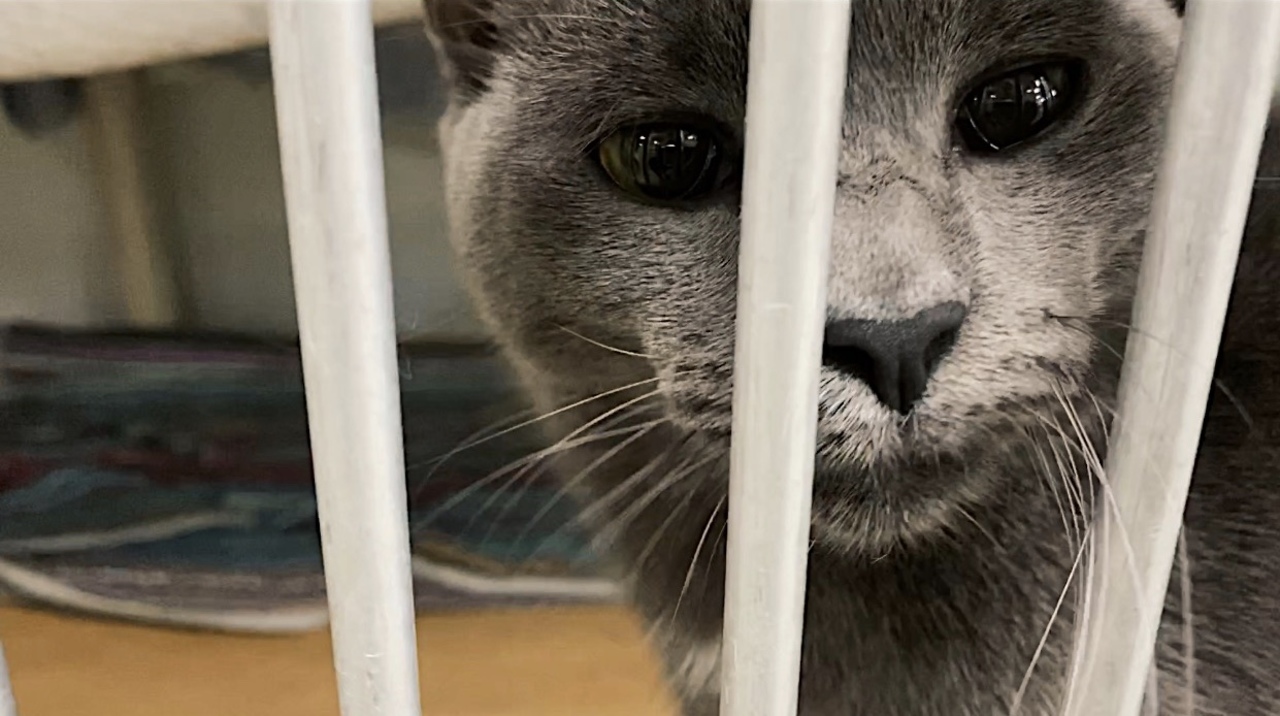
Hidden Struggles of Shelter Workers
As they have to witness animals’ suffering on a daily basis, animal shelter and rescue workers often experiece emotional exhaustion and stress that can lead to depression or even suicide.
A shelter worker’s job is not just happiness and joy. Forced to confront the painful realities of human cruelty and animal abuse, rescuers face emotional challenges and often prone to depression.
It takes so much more than just love. Working in animal shelter requires a full commitment to take care and support animals in need, and it means working ten-hour shifts five times a week cleaning, feeding, medicating, and walking the animals.
The hard work that you need to put in every day is just a part of it. What’s much more difficult is seeing your fussy friends come and go, get sick or die. Most people can’t handle the pressure and leave the profession.
It can be a difficult field for people to stay in,
said Ellen Borreliz, a worker at the Animal Rescue League (ARL). It can definitely wear you down.
Workers’ dedication to improving animals’ lives and finding them new homes makes it even harder for them to see hurt or surrendered animals. It is nearly impossible to convey how difficult it is to find those animals in filthy unlivable conditions, said Mike DeFina, communications director for ARL. Taking care of them in the shelter and trying to gain their trust are definitely among the biggest challenges for shelter workers.
Borreliz has been working with animals all her life, taking care of them inside of the shelters, and outside — in the field, rescuing them from unlivable conditions.

When people think of an animal shelter they think of fluffy kittens and silly puppies, but there are things that can be really hard to see and really hard to experience.
There are so many challenging rescues that happen,
Borreliz said. Seeing something as beautiful as a hawk or an eagle injured and knowing that they are not likely to survive the injury is very challenging
It’s difficult to see a dog coming out of hurtful, neglectful, abusive situation and come to a place where they are scared,
said DeFina.
On the flip side, seeing those animals removed from their cages and seeing them happy later is incredibly rewarding. Borreliz said that even in the beginning of their journey to happiness, it is definitely easier to see those animals in the shelter, where she and other workers can take good care of them.
They’re here, they’re confined, they’re fed,
she said. We know we’re doing the best thing for them here.
As shelter workers spend 10 hours a day with animals, , they build strong connections with them, which makes it even harder to see them getting sick or not getting adopted.
Seeing animals being placed in homes is the most wonderful part of the job, said Abbie Hunter, an animal care and adoption agent at ARL.
The Animal Rescue League is one of the biggest and oldest animal welfare organizations. They take and find homes for nearly 4,000 animals annually, and provide a range of all their services to around 18,000 animals. A big portion of it is medical care.
For many shelters, limited funding and lack of staff makes it impossible to save all animals in need. Some shelters have to perform euthanasia due to an animal’s sickness and the lack of resources to treat it, as well as limited space in the shelter. No matter how humanely this could be performed, it is hard to leave it all behind for the person making an injection.
It’s something we never want to do,
said DeFina. I’ve been lucky that I’ve never actually had to do it or witness it.
Constantly confronting animals’ suffering and constantly worrying about their future puts a lot of stress on shelter workers. This often leads to emotional exhaustion and then takes a form of compassion fatigue, also called “vicarious traumatization.”
The American Journal of Preventive Medicine showed some reallly horryfying data in their report, Suicide in U.S. Workplaces.
While the national suicide average for American workers is 1.5 per 1 million, it is 5.3 for animal rescue workers, a rate shared only by firefighters and police officers.
Some people are better than others at leaving it all behind,
said Borreliz.
As emotionally difficult as it gets for animal rescuers, their love and dedication are their strongest motivation.
For them, it is a way to feel fulfilled and help the community. They save animals’ lives, while making a lot of sacrifices themselves. But for them it’s worth it. For them, it is much more than finding homes for animals. It is fighting the battle against abuse and cruelty.

